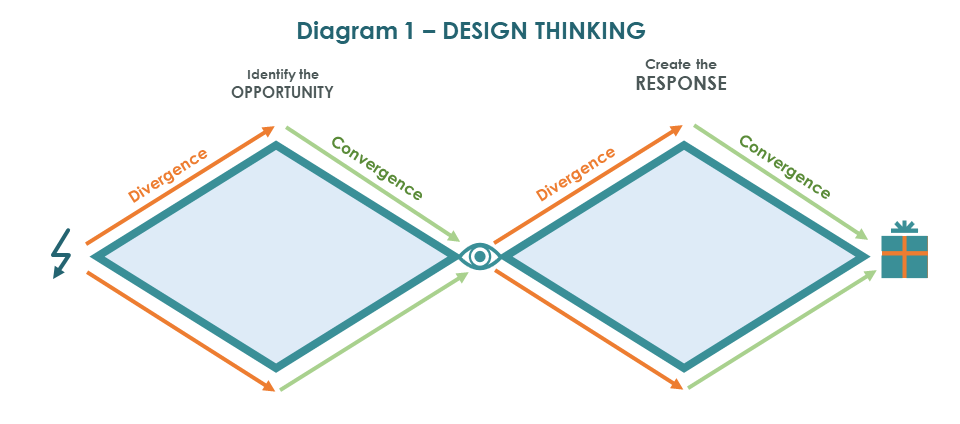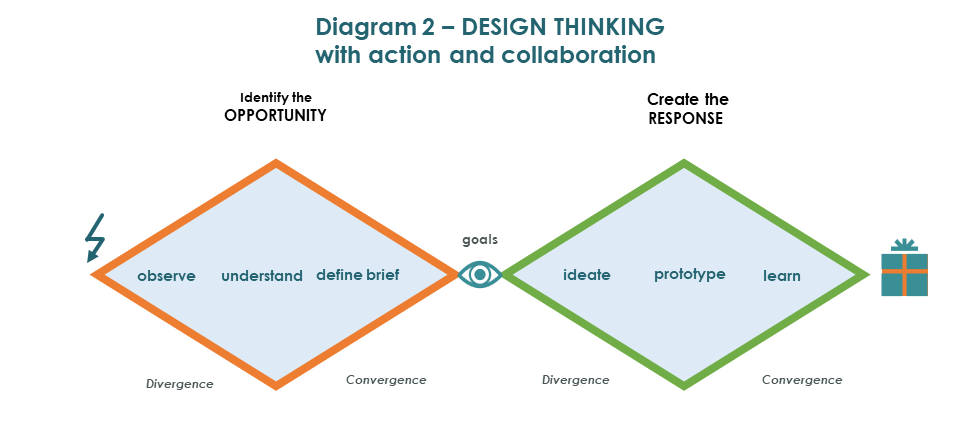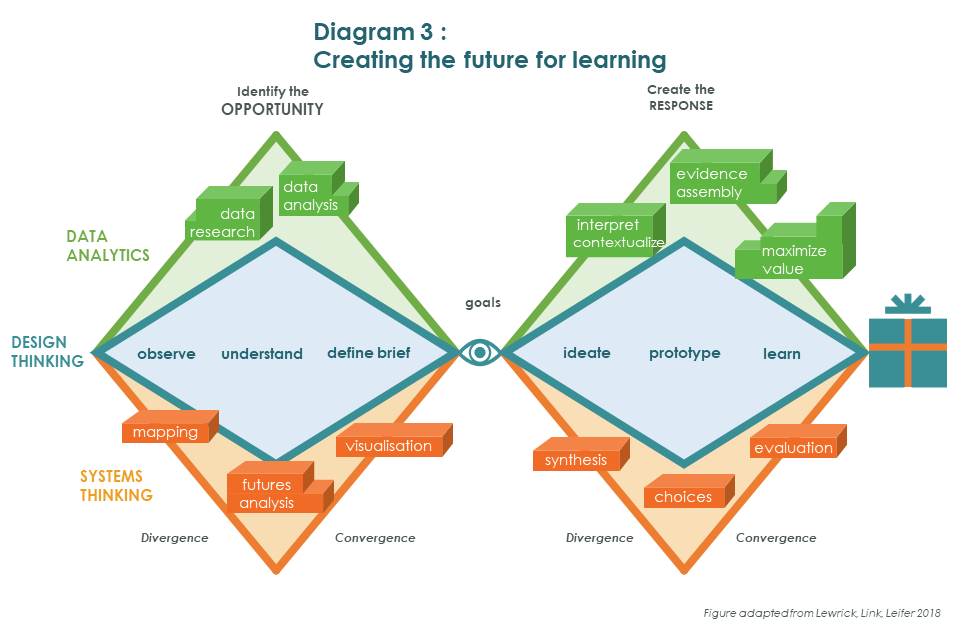|
E-tivities are frameworks for enabling at least two people, and usually many more, to work and learn together remotely. The more diverse the participants, the better e-tivities work. E-tivities use the accessible features of your institutional or corporate VLE/LMS - no new technology needed! Why not give one a try today? Set it up yourself or perhaps ask a student for help. Invent your own:
or... Try out this one: (Please let me know if you try this and how it went with your students. or have you got any successful e-tivities to share?) Title: Have you met the real Santa Claus? Purpose: Exploring scientific knowledge and methods Task Summary: A chance for an important philosophical and scientific discussion – for your chosen subject. No marks but might change your life, or at least you might meet someone new, interested in your subject. Spark: Take a deep breath (it’s fast) and watch this youtube video Watch it again if you need to! Individual contribution: What surprised you? What did you know before? Can you think of anything that changed your mind about your subject? Try and articulate why. 100 words max per posting. Complete by Friday please. <link to pre prepared forum> Participation: Over the weekend, think about at least three postings by your peers. Indicate what you think they are hypothesizing and whether you think these could be proved or disproved and how – post your response. Max 100 words per reply. Post another short video or article if you can find one to support your views. But keep discussing after that. Can you spot people with views like yours, or completely different? Moderator Intervention: I’ll come in on Monday and give feedback Schedule & Time: Around 90 mins spread over 2 or 3 sessions. More if you’d like to have a Zoom discussion with each other. 30 minutes or so to read my summary and think about the relevance of scientific methods for your course this semester. LINKS: More about E-tivities Professor Gilly Salmon's website Education Alchemists Services : workshops on e-tivities for all E-tivities book available on Amazon
1 Comment
E-tivities are frameworks for enabling active and participative online learning. They enable purposefulness and promote remote learning together. The framework is very well researched and hence is evidence based. You can use E-tivities with confidence across all disciplines and professions to provide purposeful connections for all learners. E-tivities used your institutional or corporate VLE/LMS that everyone has access (no new technology needed). Why not give one a try today? Set it up yourself or perhaps ask a student to. Invent your own:
or, try out this one: Title: A million miles an hour? Really? Purpose: Explore tools to succeed & get to know your peers. Task Summary: Watch the video- do some thinking, and offer support and encouragement to your classmates Spark: Watch this YouTube video (At 3 minutes, it appears to finish- but keep going, there’s more) Individual contribution: Do you agree Brian Cox is being ‘pedantic’ ? Post a thought or two about how you feel about uncertainty in the world. Does the video make you feel unique, determined to succeed, or find it worrying? (100 words max per posting). Complete by Wednesday please. <add a link to your forum on your VLE> Participation: Come back in a couple of days and add encouragement or empathy to others. And post something new you’ve found encouraging about dealing with uncertainty. Intervention: I’ll come in Sunday and give feedback and more ideas. Schedule & Time: Around 60 mins spread over 2 or 3 sessions. More if you’d like to share the video with others. 30 minutes or so to read my summary. LINKS: More about E-tivities Professor Gilly Salmon's website Education Alchemists Services : workshops on e-tivities for all E-tivities book available on Amazon It’s a great joy to me that, during these ‘challenging times’, many educators are exploring learning design ideas. And appreciating that providing successful, enjoyable, engaging pathways for digital learning environments, is best worked out before the students arrive. My preferred way of undertaking this planning is through Carpe Diem co-design (www.gillysalmon.com/carpe-diem) and using research- to- practice academic concepts (www.gillysalmon.com/e-tivities). I’m discovering that academics value some reminders of the key notions of practical design frameworks. Many creative tools are well known; a few are new. I’ve put some references below which have helped me and many participants in Carpe Diem workshops. These assist with building confidence and determination of directions and actions – sometimes rare commodities in rapidly changing situations. And hence, support mindful, equitable, viable, and purposeful digitalisation of learning and teaching. It is important to know where you ‘are’ in the design process. Avoid starting with ‘the solution’ but with considerations of the many ways in which the opportunity could be thought about. Get some ‘divergence’ into your thinking, and then ‘converge’ on your optimal viable way forward. Focus down to an appropriate, collective ‘Point of View’ if you can about the opportunity. Then diverge your considerations of possible resolutions before converging on your best plan(s) to meet the situation, given your time and resources. So, for example, the divergence might be to explore a wide range of ways to respond to students unable to attend campus. And then, converging on the preferred resolutions by creating a pedagogical journey through a storyboard. This concept is usually drawn as two consecutive diamonds like so: You will have noticed that moving from the dominance of place- based learning to exploring the potential of digital environments is complex! For more complicated challenges, wider thinking assists in developing better understanding and more choices. It’s best done with a small team of people with differing perspectives. So, for Carpe Diem methodologies, we add aspects of ‘systems thinking’ to our fusion, such as multiple stakeholders and visualisations to increase our creativity. In situations of rapid change in the wide world of work and research, we need still more in the mix. Key questions might remain: how to explore possible futures for the graduates of our learning programmes? How can we prepare them better for their long learning lives? Who will benefit – can advantages be broader and more equitable? How can we make our education programmes more relevant over time, not less? We can explore data of all kinds. We can map visions to potentials. But the core of our design thinking needs to lead to tangible constructions of learning pathways. Have a try…
Group engagement based on design processes cross borders and boundaries and enthuse different disciplinary cultures and professions. They are almost universal in their ability to engage, and likely to benefit future students. Recent international practice in workshops deploying these design concepts has engendered confidence in and involvement by participants. Please explore and become a designer of the future! References. Visual Director for Education Alchemists, Rod Angood, YouTube Video https://www.youtube.com/watch?v=Dn6piCH5d6g&t=69s Brand, W. (2019). Visual Thinking. Amsterdam: BIS Publishers. Hall, E. (2018) The 9 Rules of Design Research. Blog aimed at business; an interesting perspective. https://medium.com/mule-design/the-9-rules-of-design-research-1a273fdd1d3b Lewrick, M., Link, P.,& Leifer.(2018).The design thinking playbook: Mindful digital transformation of team, products, services and ecosystems. Hoboken: Wiley Roam, D. (2016) Draw to Win. (2016). Penguin. |
AuthorGilly Salmon Archives
January 2022
Categories |
Education Alchemists

This work is licensed under a Creative Commons Attribution-NonCommercial-ShareAlike 4.0 International License.




 RSS Feed
RSS Feed